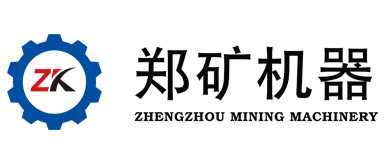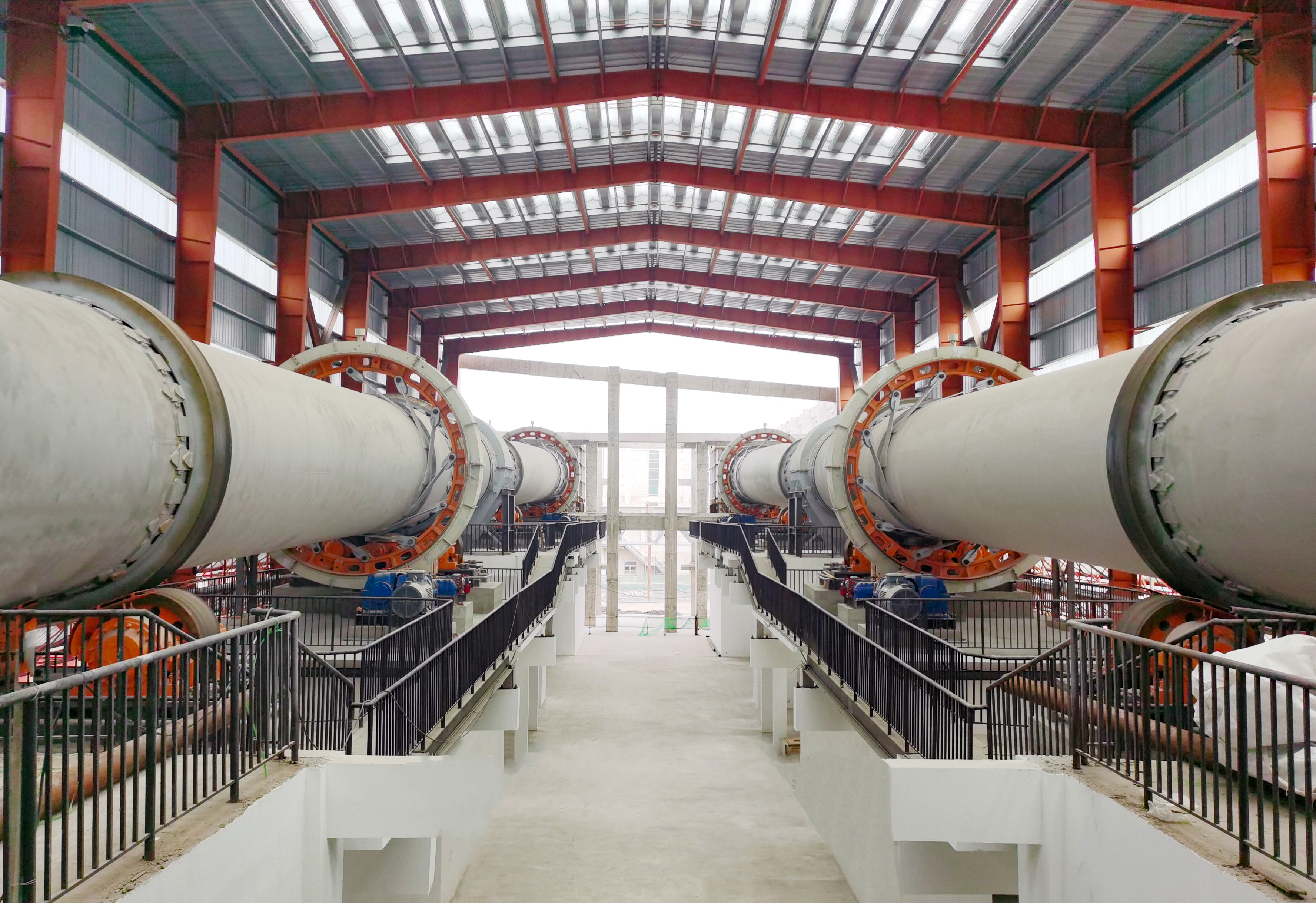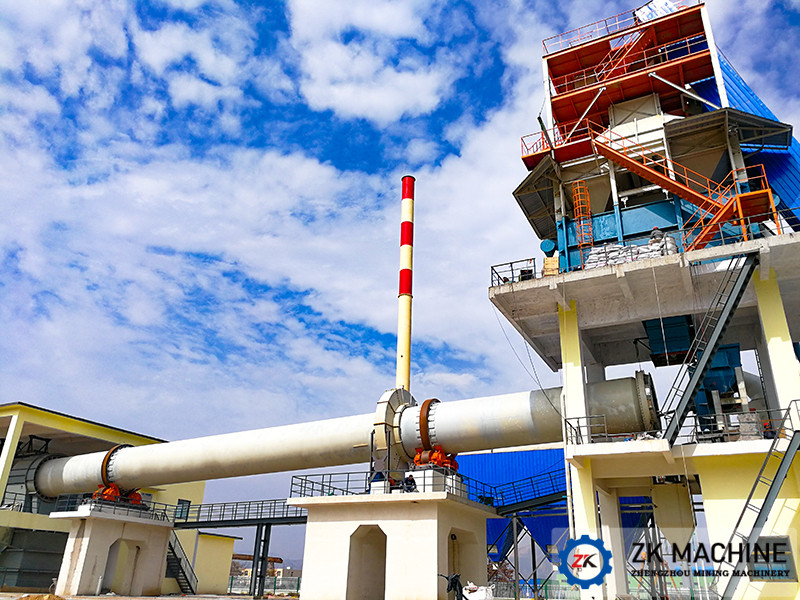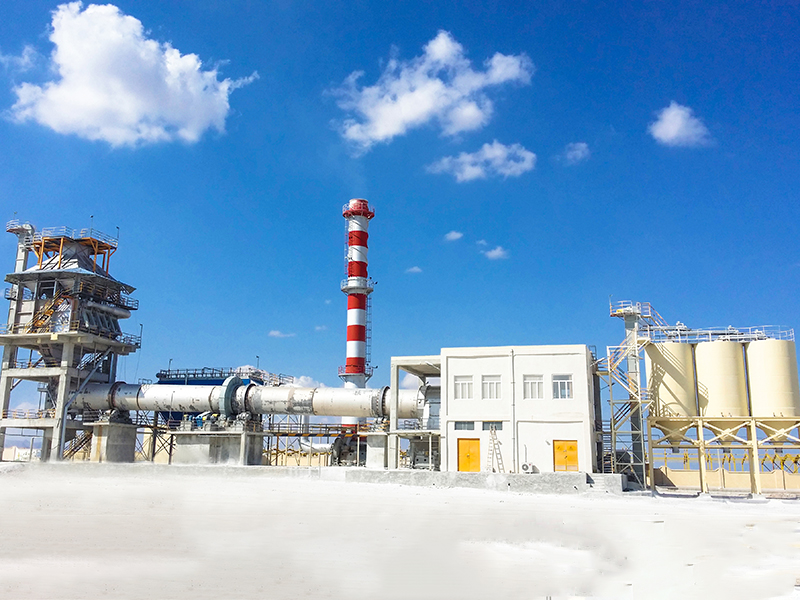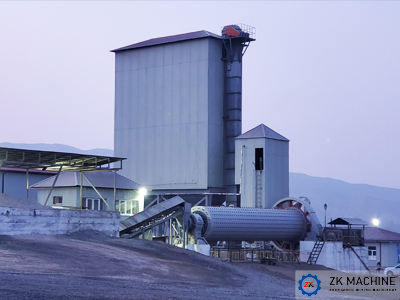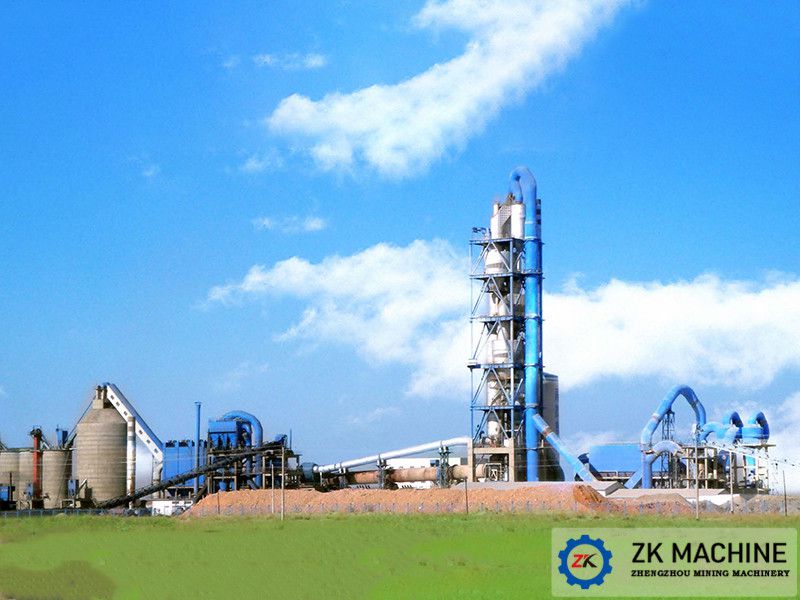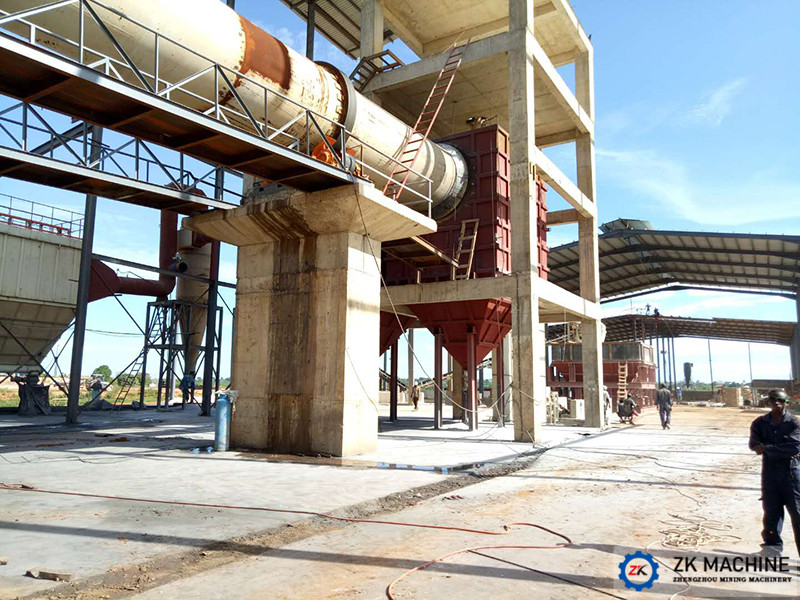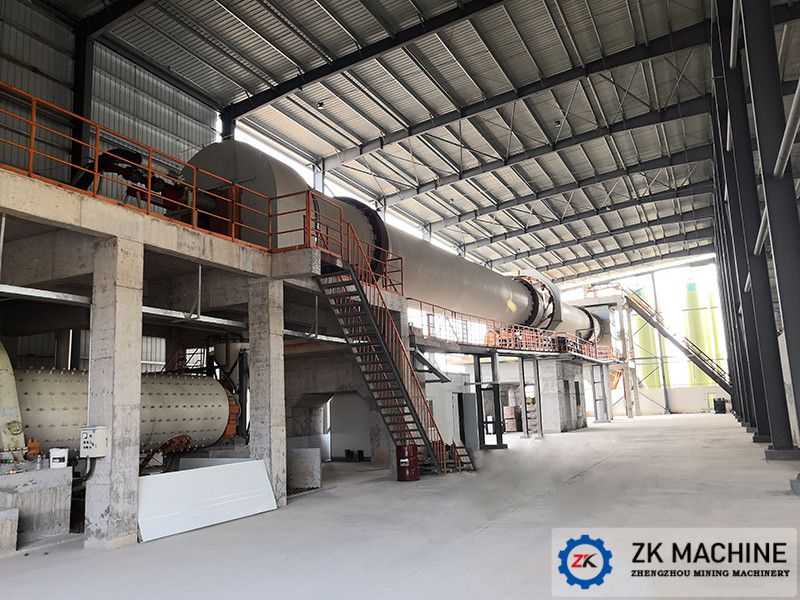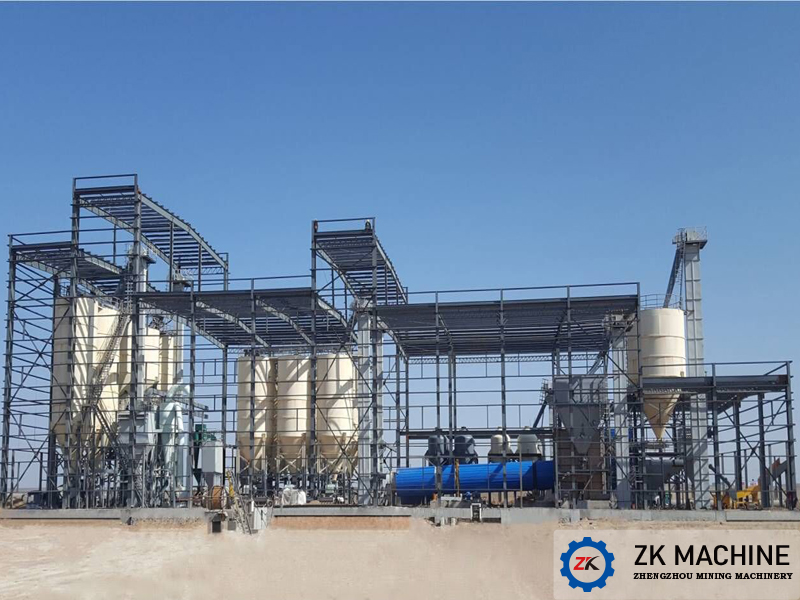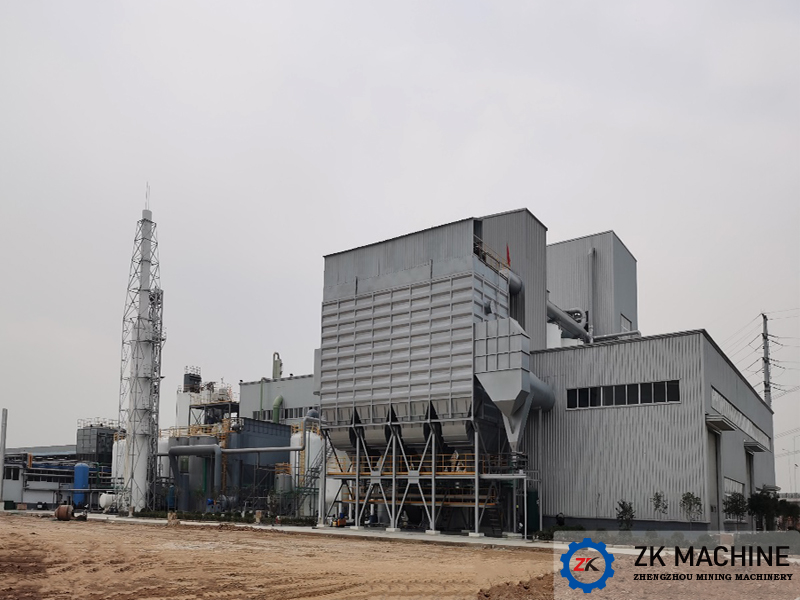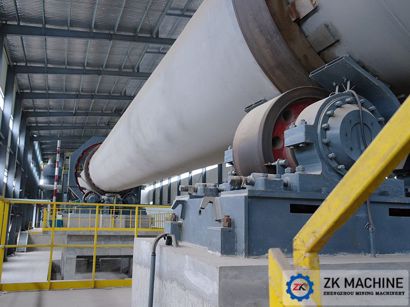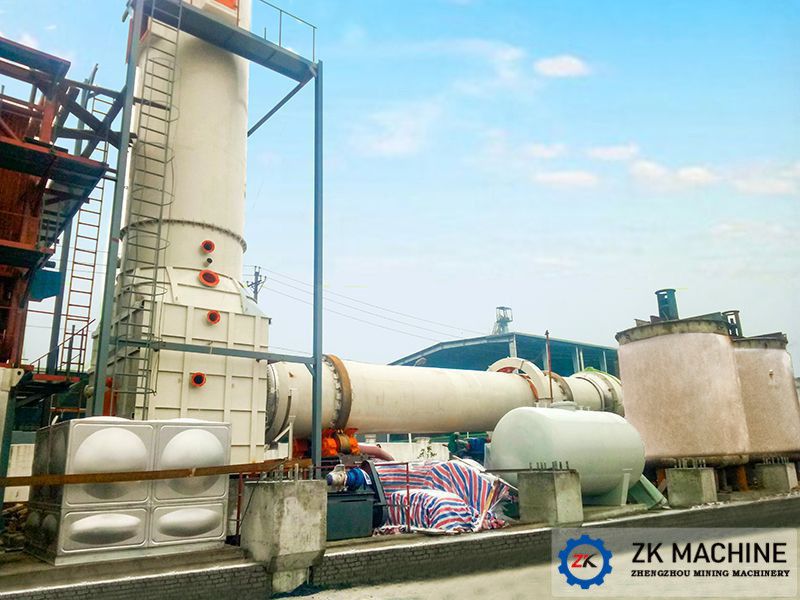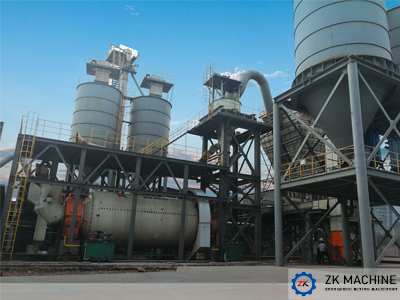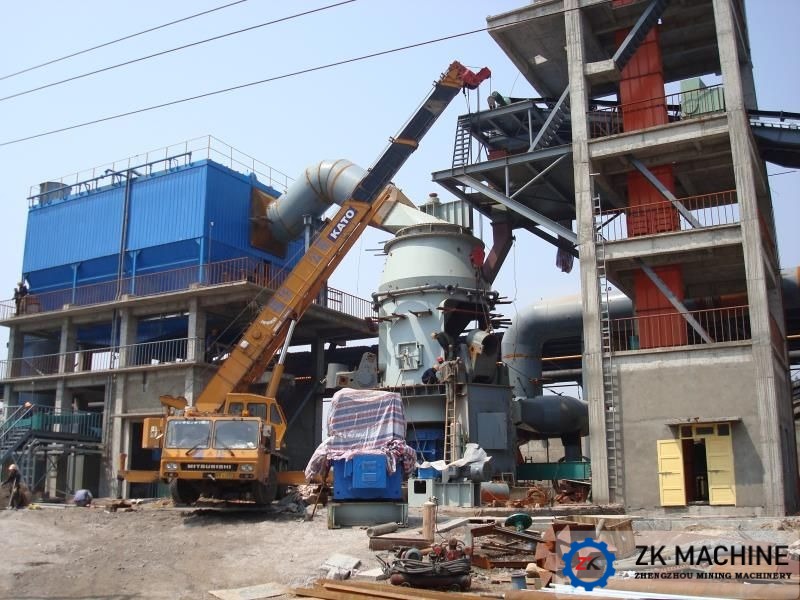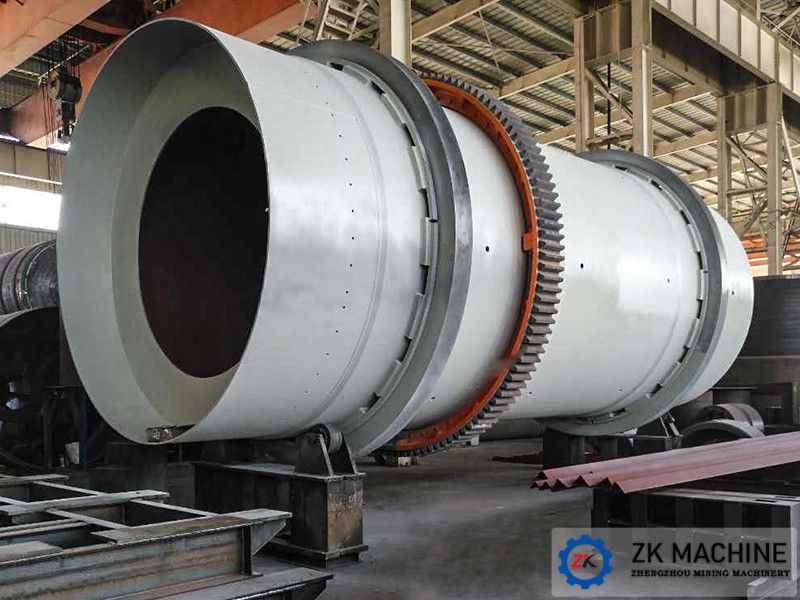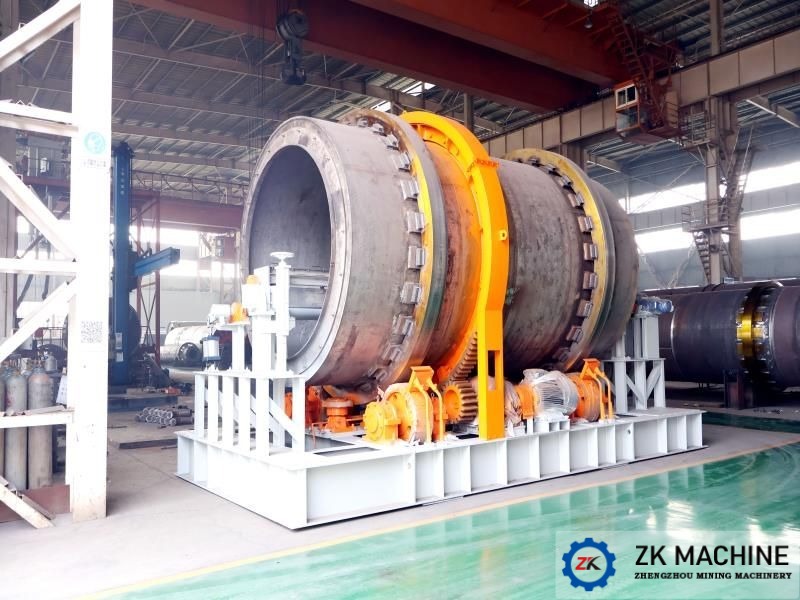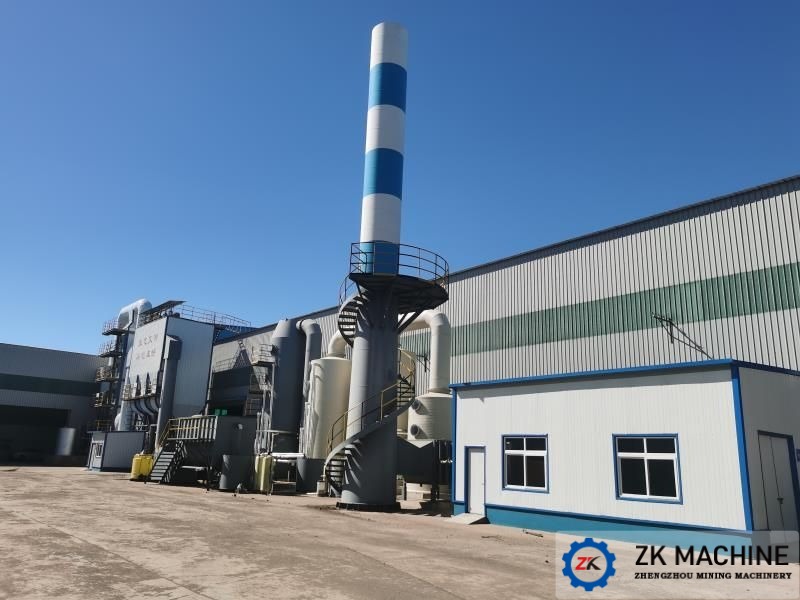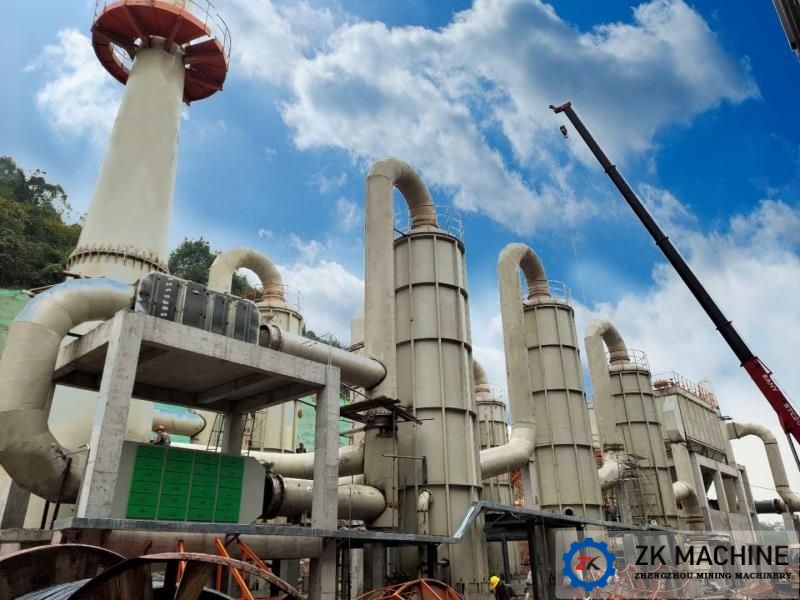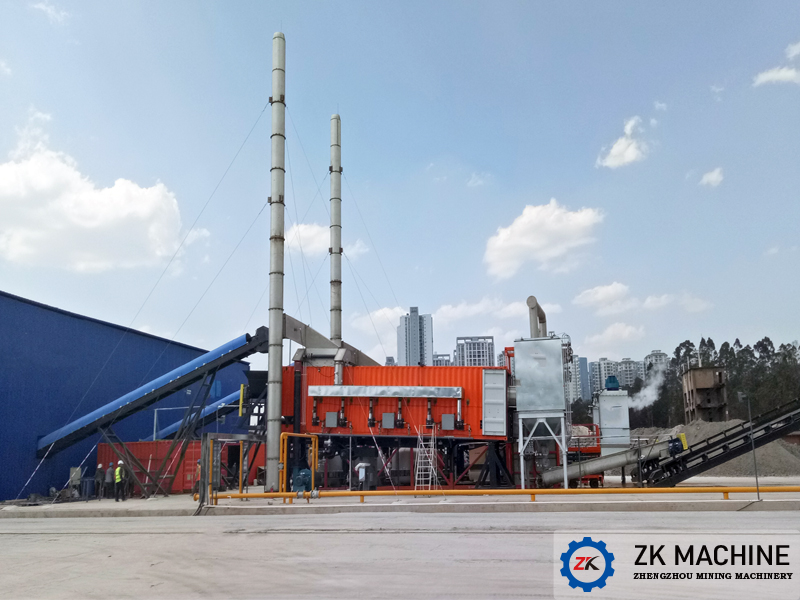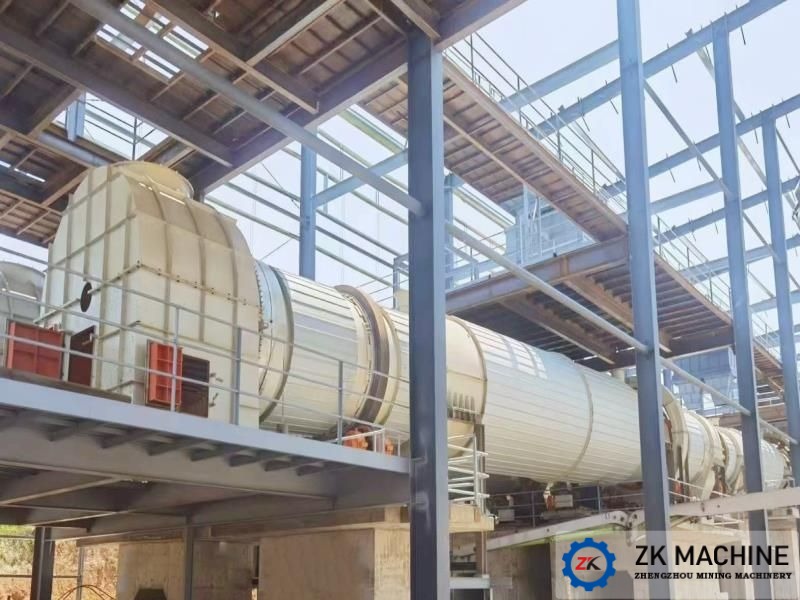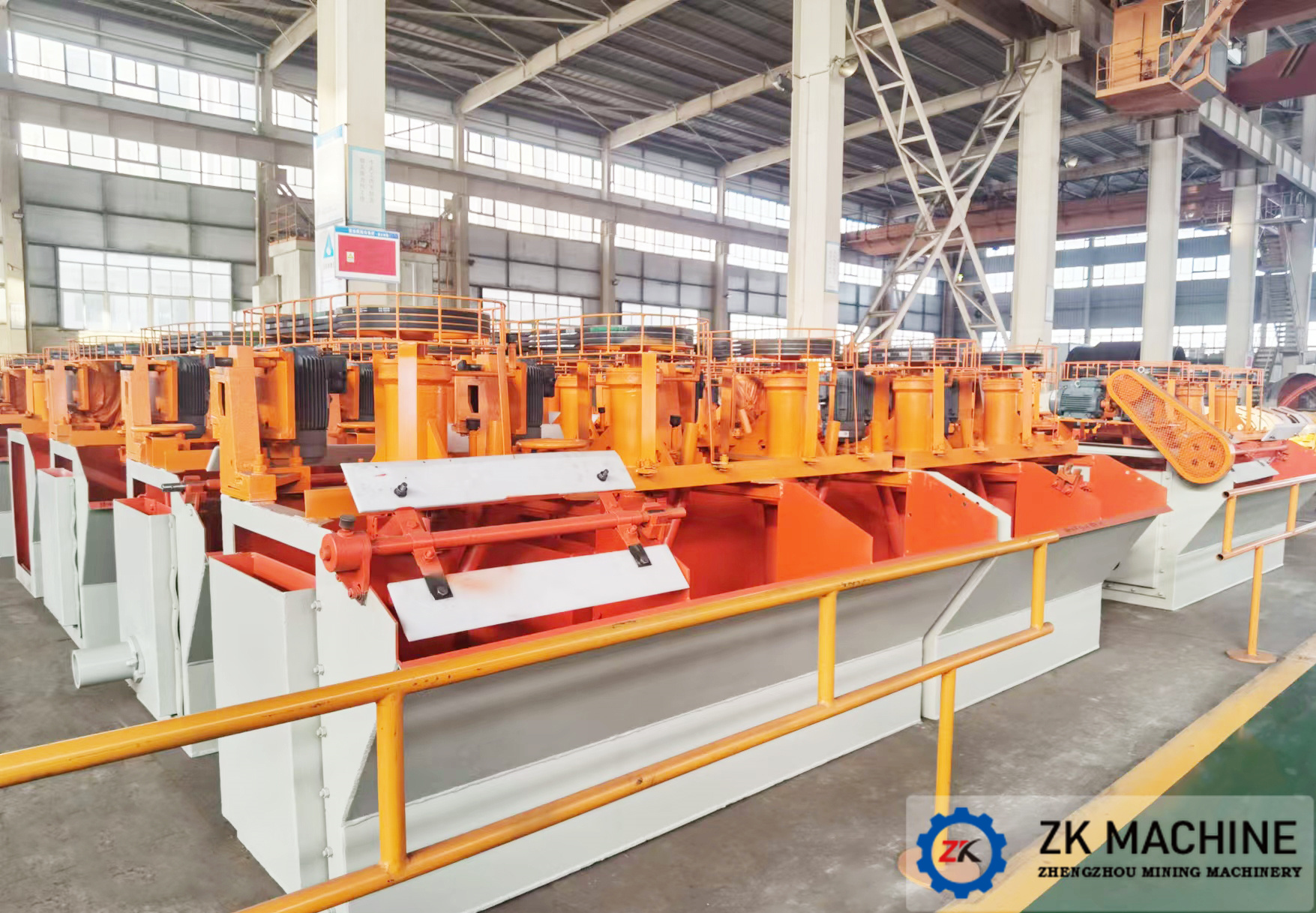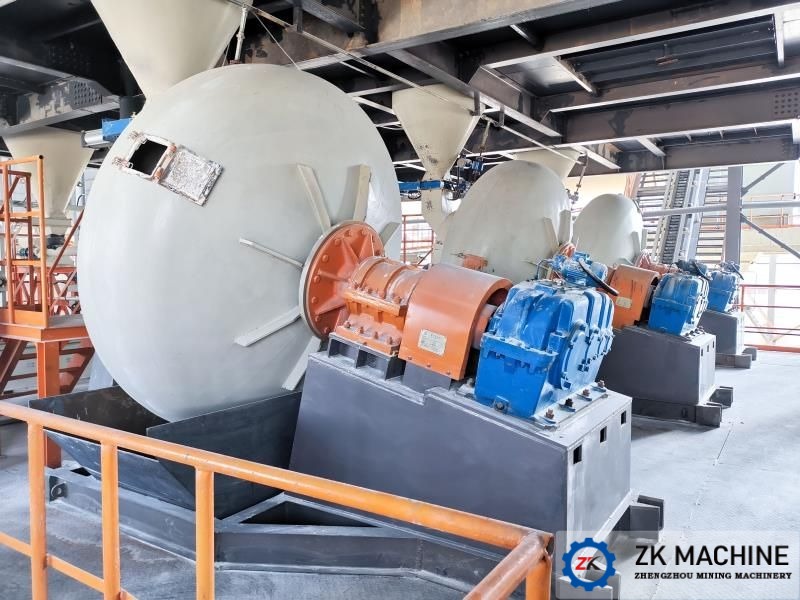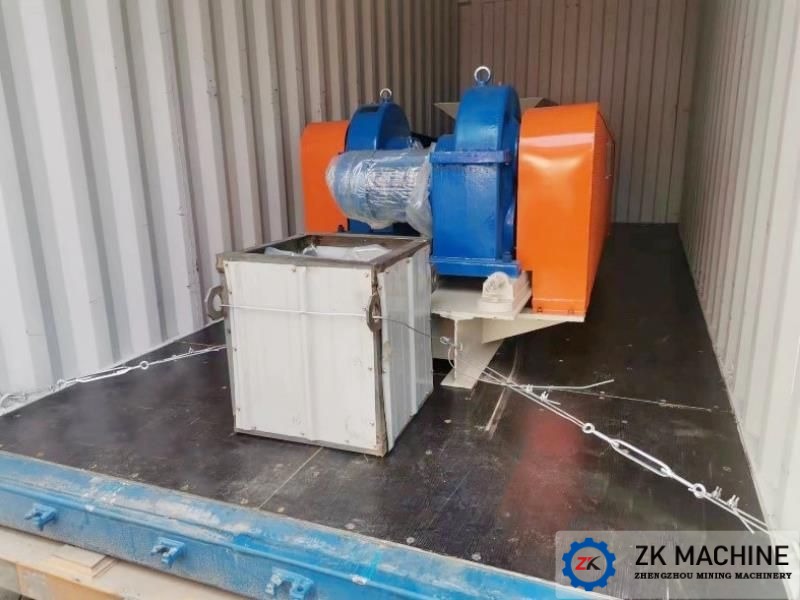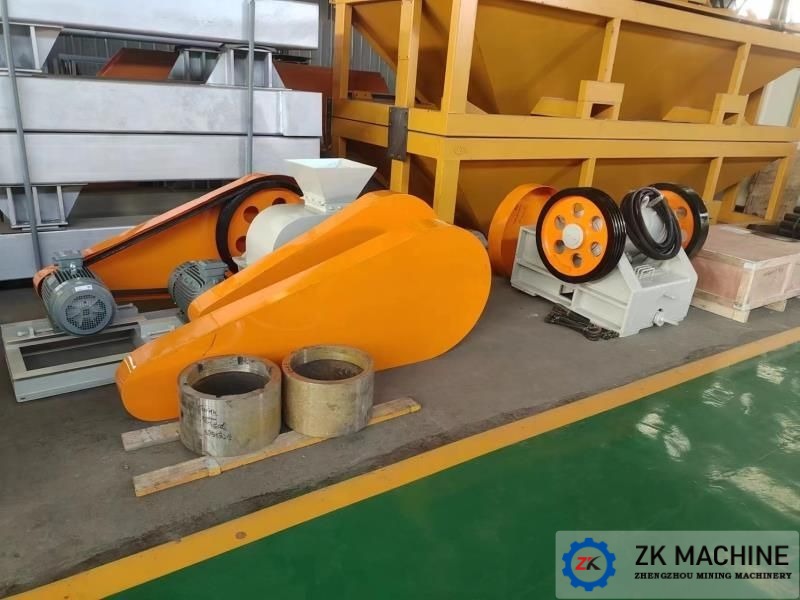Application of heat transfer in rotary kiln for limestone calcination
The so-called heat transfer refers to the exchange of thermal energy from one object to the other, or the exchange process from one part to another part of the object.
According to the heat transfer principle, the fundamental modes of the heat transfer are conduction, convection and radiation. That is:
1. The mode of energy transfer from one part to the neighboring part of the object is called the conduction heat transfer.
It is related to the heat conduction coefficient, heat transfer time, internal and external temperature difference, heat transfer area, heat transfer layer thickness and other factors.
2. Convective heat transfer, or convection, is the transfer of heat from one place to another by the movement of fluids, a process that is essentially the transfer of heat visa mass transfer.
The factors that affect the convection heat transfer are the type of fluid (liquid, gas, and steam), the nature of fluid (specific heat, heat, heat conduction coefficient, viscosity), motion mode of fluid (natural movement or forced movement, shape, the position and size of heat transfer wall etc).
3. Radiation (Radiation heat transfer) refers to the process of heat transfer through heat rays.
It is transformed from heat energy to radiant energy. The process of this transformation is mainly determined by the temperature. The higher temperature is and the greater energy. All the objects of a degree above absolute zero can radiate heat, but also can get the heat. Finally the low temperature objects get the heat from a high temperature object.
In the system of rotary kiln for lime calcination, the process of heat exchange generally includes:
1. Radiation heat transfer of flame gas on the material surface;
2. Convective heat transfer of flame gas on the material surface and kiln wall;
3. Radiation and conduction heat transfer of the kiln wall on the material surface;
4. Conduction heat transfer among the material particles and the interior of particles.
In the rotary kiln calcination system, the material heat transfer in the vertical preheater is conducted in the mode of convection heat transfer by absorbing heat flow. Material in the rotary kiln is mainly dissolved or calcinated by the absorption of the radiation heat from the flame, which is also the most important mode of heat transfer in the process of lime calcination.
Through the rotation of the kiln shell, the material is continuously turning and rolling, which can achieve the aim of heat transfer between the material and the air flow. This is one of the special advantages of the rotary kiln, compared with other type of kiln. The heat transfer between the clinker of cooler and the air is carried out in the form of convection, while the heat exchange has become the radiating heat transfer.
Therefore, it was basically formed or classified into three stages of calcination process including preheating, firing and cooling in the calcination system depending on the characteristics of vertical preheater kiln and different modes of heat transfer, during the lime calcination process. Commonly, it is also referred to as three stages of calcination or three work belts of calcinations, which are actually three different performance stages of heat transfer. While the calcination stage is usually divided into four stages: preheating, decomposing, firing and cooling for the ordinary rotary kiln.
In the process of calcination, the so-called three zones of the rotary kiln should be set according to the requirements of the calcination process, which means that there is no strict limitation of requirements for the division of the three work belts in the rotary kiln.
In the section of the rotary kiln, the type of short and thick kiln is widely used, such as 44×4.2m, 50×4.2m kiln type, etc, since there are requirements for the granularity and active property of the lime, combined with the complicated heat exchange process in the rotary kiln. The reason is the filling rate (fill factor) of the material in the rotary kiln is usually low, commonly around 8%. Therefore both the radiation heat transfer surface and the contact area with the flue gas are quite small. When the temperature of kiln stack gas reaches around 1000℃, radiation is the main mode of heat transfer while convection and conduction are supplemented. The highest heating point is in the surface of the material; however the lowest heating point is in the middle part of the material layer because of the conduction heat transfer of the lining brick.
According to the principles of heat transfer, the factors affecting the heat transfer on the material from the lining brick in the rotary kiln are as the followings:
1. The exposed surface of the lining brick directly conducts the radiation heat transfer to the material.
2. The unexposed surface of the lining brick transfers the accumulated heat to the material by conduction firstly.
3. The radiation heat transfer and the heat transfer of the troposphere among the solid particles.
Since the temperature difference between the inside and outside of the lining brick, the heat is transmitted to the surrounding medium by the mode of radiation and convection from the outside surface to the internal surface. Meanwhile, the consumption of heat is also large during the process of heat transfer and heat exchange. Among them, the waste gas heat and the heat dissipation of therotary kiln shell are the two main factors that consume the heat in the process of heat transfer.
In order to improve the thermal efficiency and use the waste gas heat, the device of vertical preheater is used in the feed end of the rotary kiln according to the needs of lime calcinations and the calcinations property of rotary kiln. The heat exchange and thermal storage preparation (drying, pre-heating, pre-dissociation) to the material are conducted in the early period of calcinations through the waste gas heat. After entering the rotary kiln, the material can conduct and complete the strong heat exchange with the hot flue gas in a short period. The convection heat transfer of the flue gas is the main mode during this heat transfer process.
